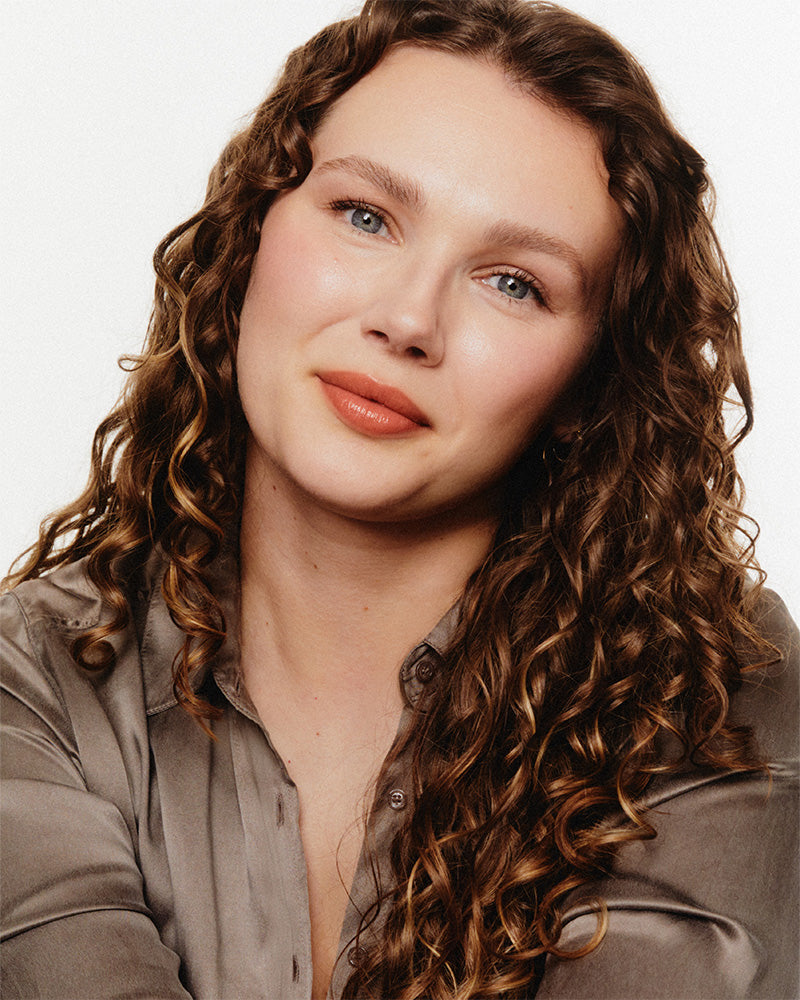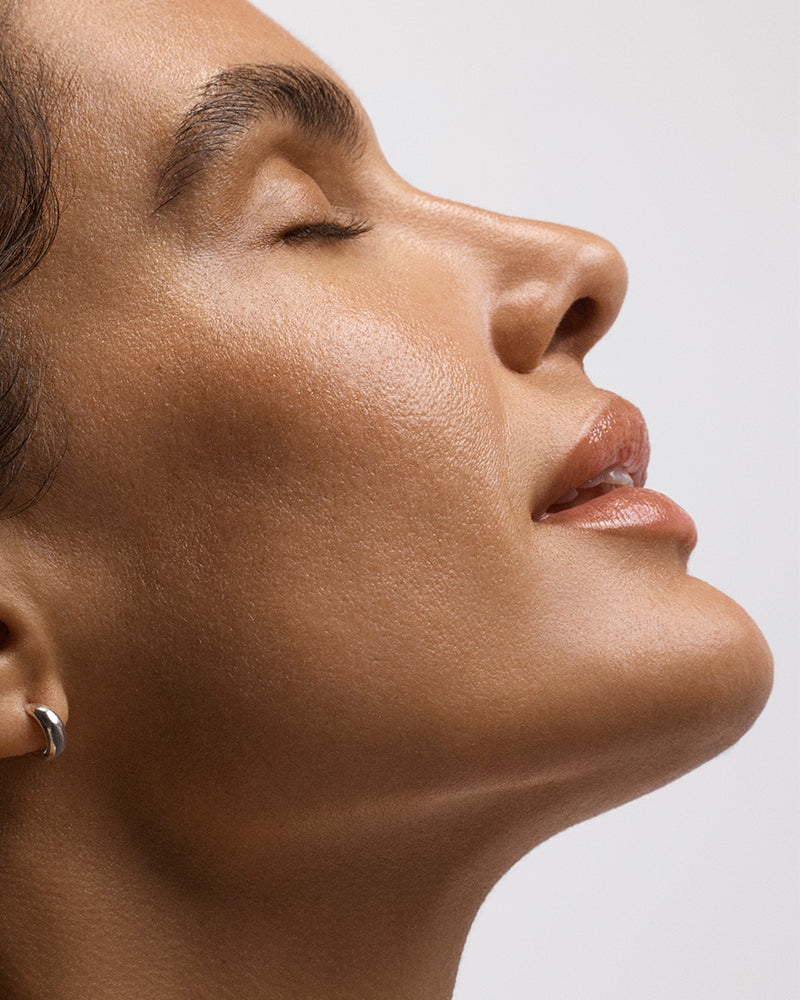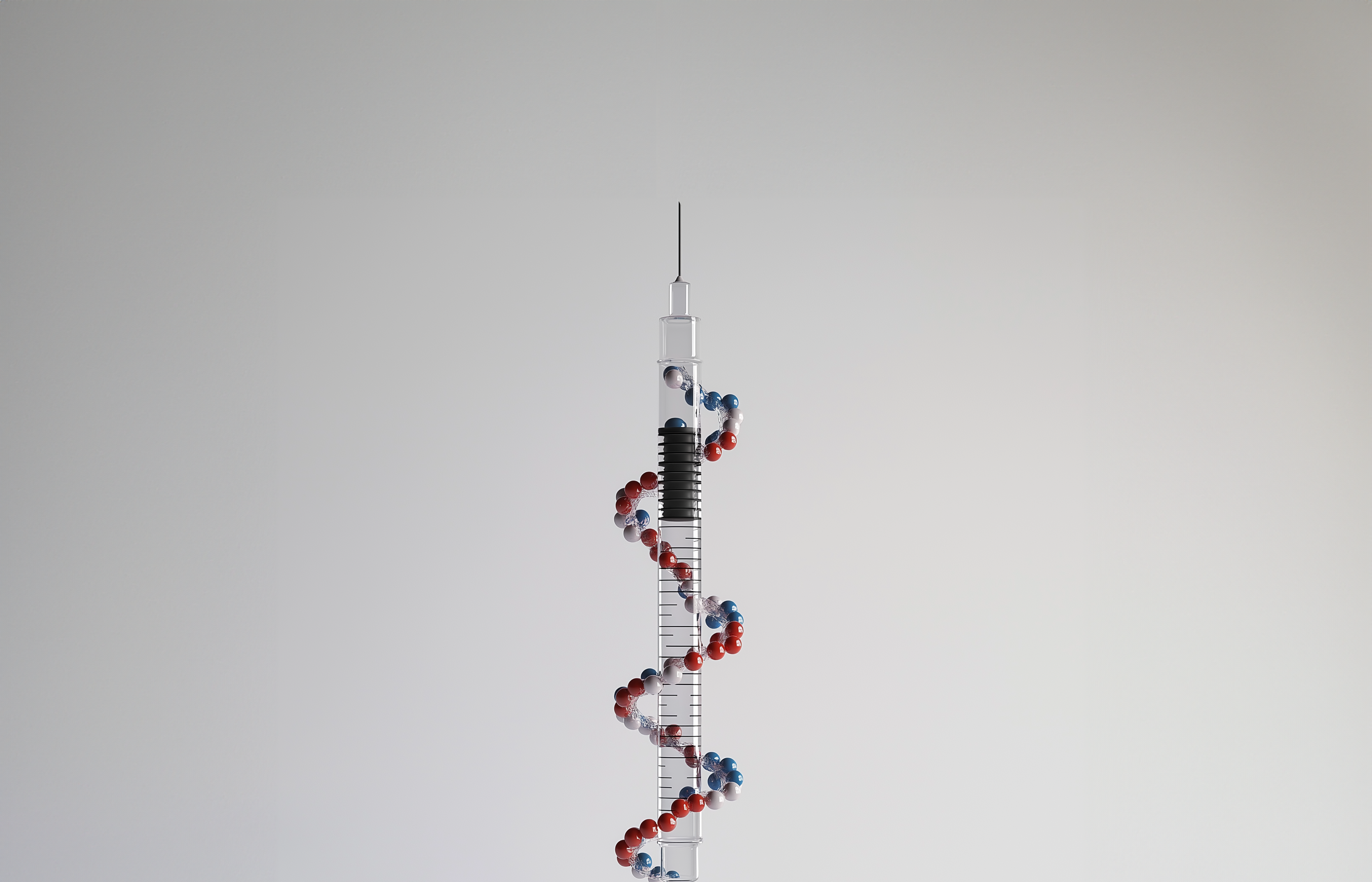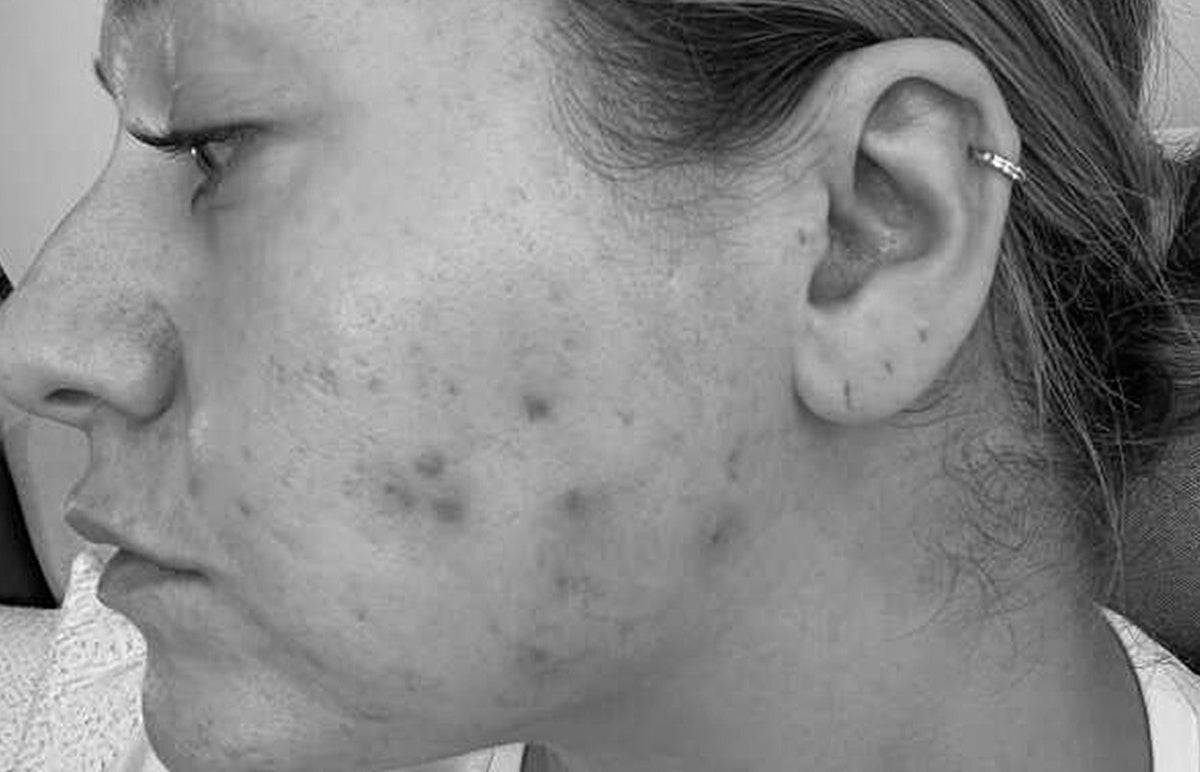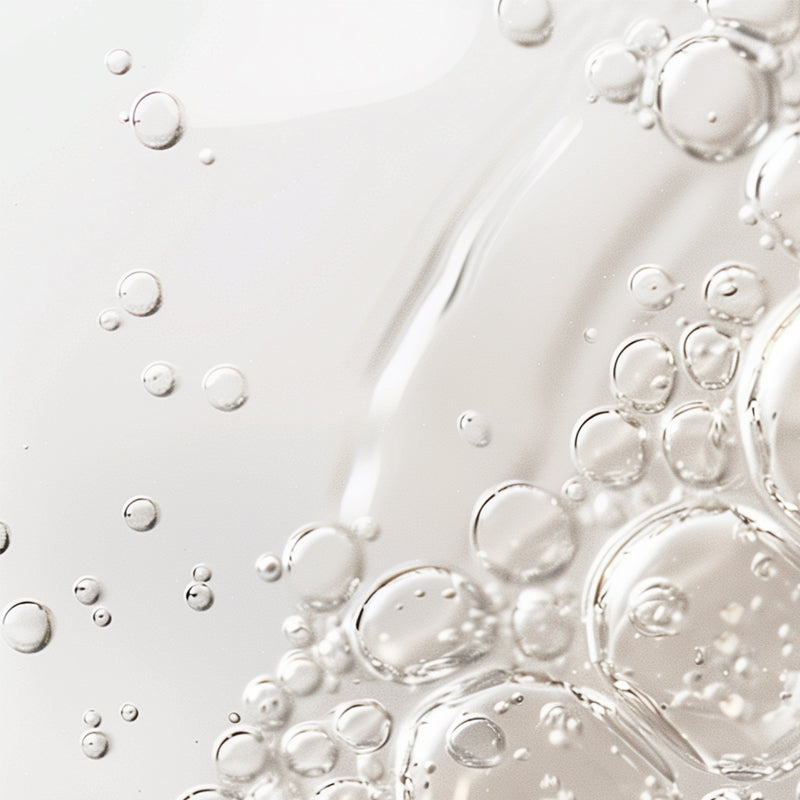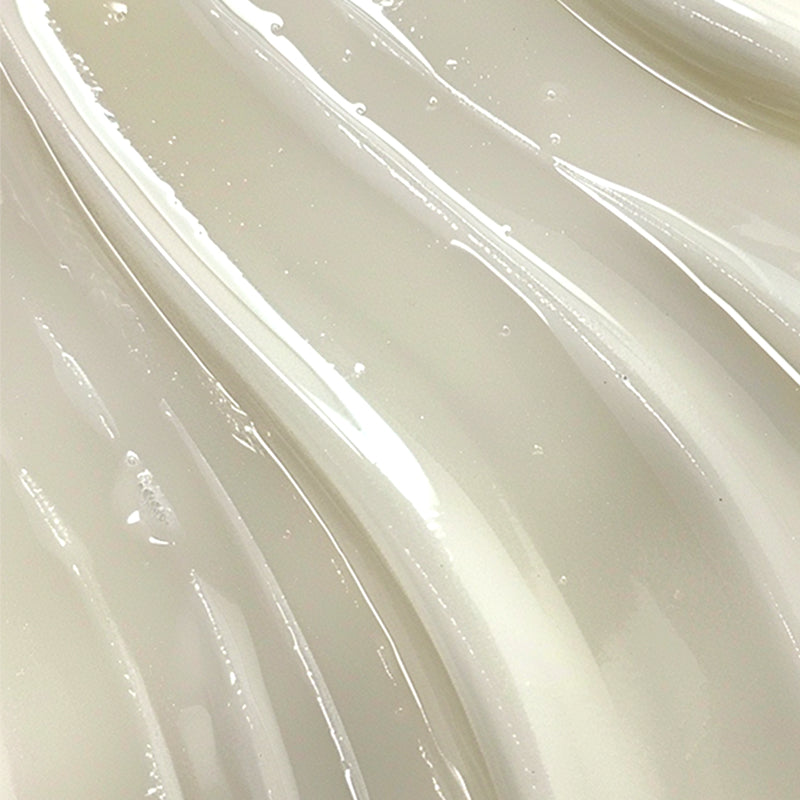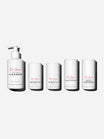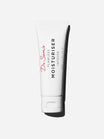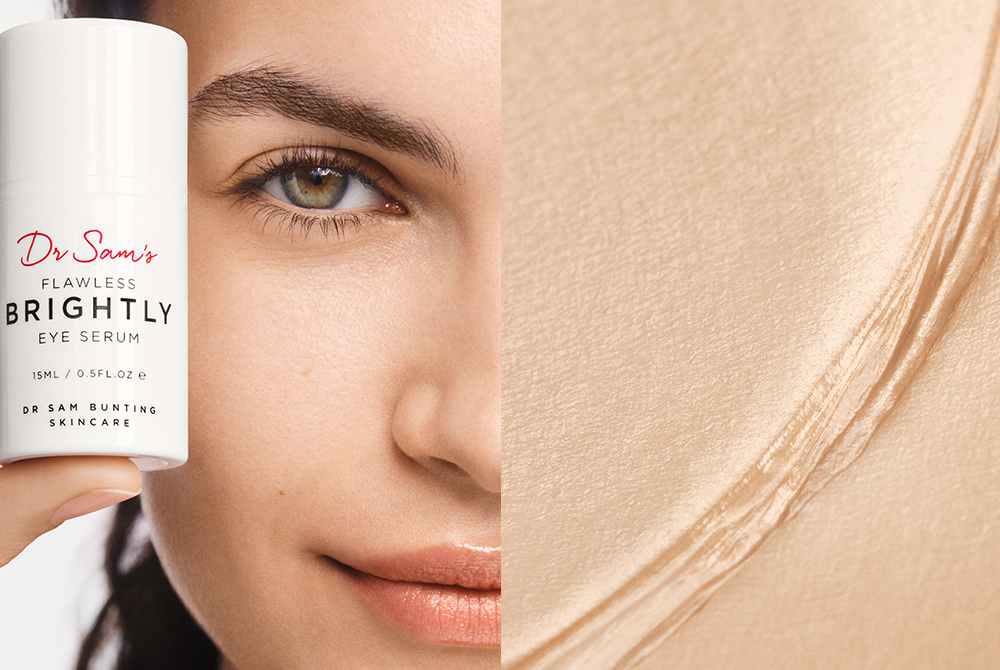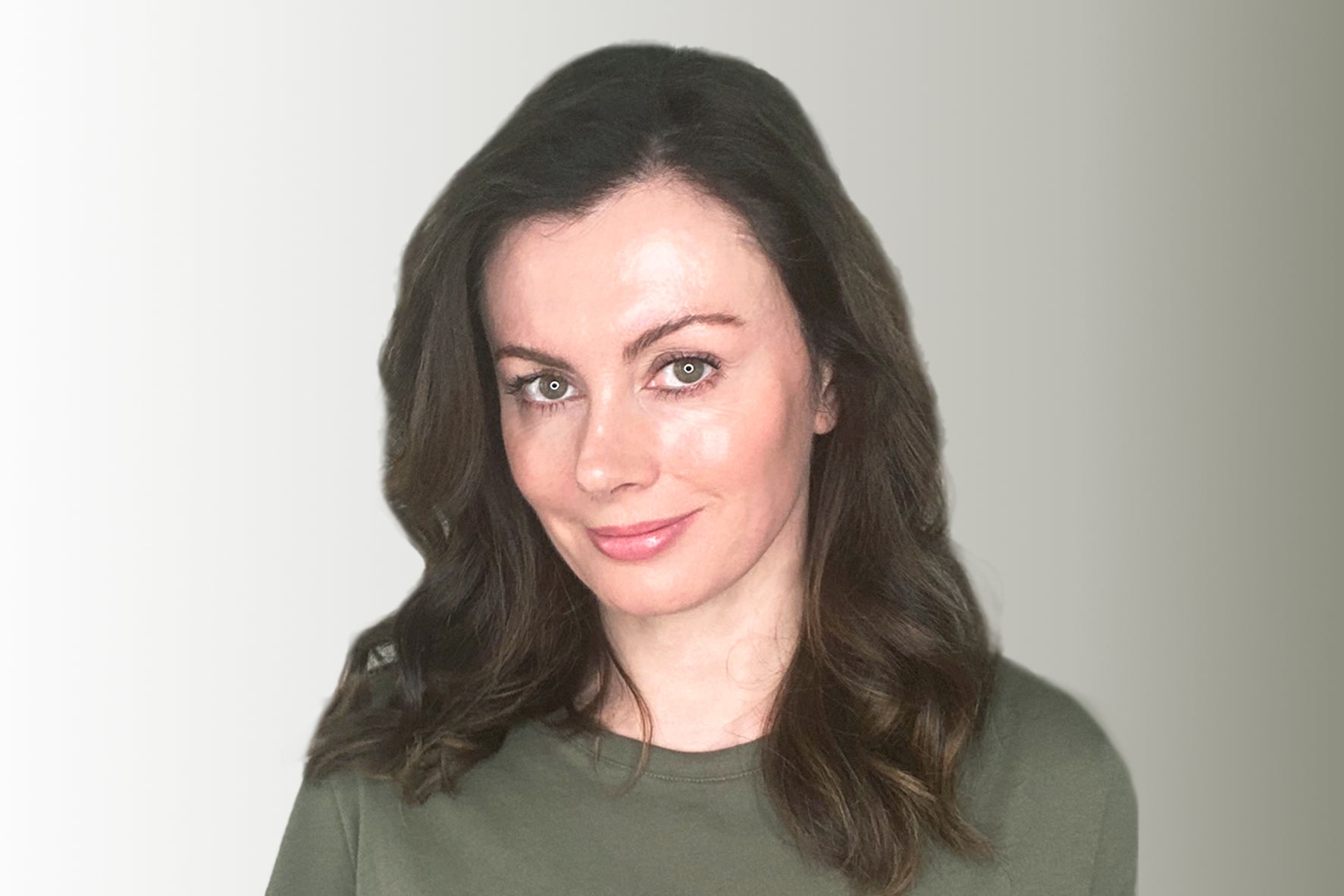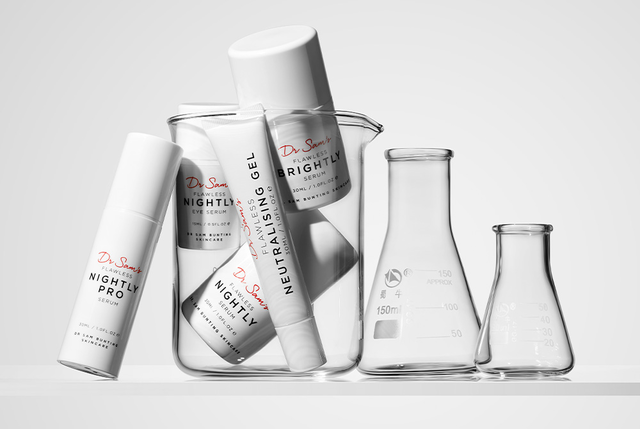Dear Dr Sam, where has my glow gone?
This is a not-uncommon refrain in clinic.
And it’s often accompanied with some frustration because a great deal of effort is being put into said quest.
So I’ve developed a way of quantifying the quest for radiance in order to make it easy to pinpoint exactly what ingredients or procedure needs to be done in order to restore that oh-so-desirable lustre.
The easiest way is to think of our skin’s glow in terms of the 5 components that contribute to how the light interacts with our skin.
Level 1 Glow - smooth skin texture.
A smooth surface allows light to bounce off evenly and this is best achieved when our skin’s outermost layer, the stratum corneum, is compact and flexible. We can achieve this though speeding up cell turnover, with the use of retinoids. And when we reveal the smoother, younger cells underneath by dissolving cell-to-cell bridges with chemical exfoliation. AHAs, azelaic acid and PHAs all assist with this.
Level 2 Glow - a hydrated barrier is a glowy one.
Our stratum corneum looks most aesthetically pleasing when it contains just the right amount of water - and this allows our skin’s natural exfoliation processes to work optimally. This means ensuring that we repair our barrier from the rough and tumble of daily living - after cleansing, for example - by moisturising with a well-formulated barrier repair product. Seek out niacinamide, which boosts ceramide production, or supplement directly with ceramides in the formula. And look for a blend of occlusives and humectants to complement your skin-type.
Level 3 Glow - neutralise redness.
As we progress lower into the skin, we start to look at structures that result in an uneven skin-tone. Anti-inflammatory ingredients are the best choice when visible redness is the issue, in context of skin that’s prone to a prolonged blush or flush - and for this reason I recommend azelaic acid and niacinamide. Vitamin C may also be helpful. Fixed broken capillaries are more challenging - these are best treated using an office-based treatment like intense pulse light or pulse dye laser. The outcomes are usually very good.
Level 4 Glow - reduce hyperpigmentation.
There are a multitude of reasons for developing increased pigmentation; perhaps the commonest I see in clinic are melasma, solar lentigines and post-acne dark marks. The principles of treatment overlap and are quite straightforward. A combination of these 3 approaches works best:
*Treat the over-production of melanin
* Reduce the tendency for it to develop it in the first place using antioxidants
*Eliminate the over-production that has already occurred
Melanin suppression is most commonly achieved with tyrosinase inhibitors, blocking the rate limiting enzyme involved in the manufacture of melanin. Hydroquinone is the gold-standard, but I also like azelaic acid, kojic acid and vitamin C. Vitamin C is also helpfully an antioxidant, as is azelaic acid and bakuchiol. And niacinamide helps reduce melanin transfer to the skin cells from the pigment cells. I also like to combine these treatments with a retinoid, which results in a more even distribution of melanin through the skin. Light-based treatments are also an option, with the exception of melasma which is best managed medically.
Level 5 Glow - increase collagen ‘bounce-back’.
Your skin’s dermis is an important part of your glow. A nice, thick collagen-rich dermis acts as a mirror to allow light to pop back so maintaining your stores is crucial. Diligent sunscreen use protecting against pesky, deeply penetrating UVA rays is key. And then employ the triumvirate of vitamins A, B and C to stimulate new collagen and protect existing levels.
Ultimately, this comprehensive approach to radiance means harnessing the synergy of correctly chosen Actives in combination. Glowing skin is such a powerful wellbeing indicator - at any age - that I highly recommend you put some time into locating yours if it's MIA. A simple routine tweak may be all you need.

